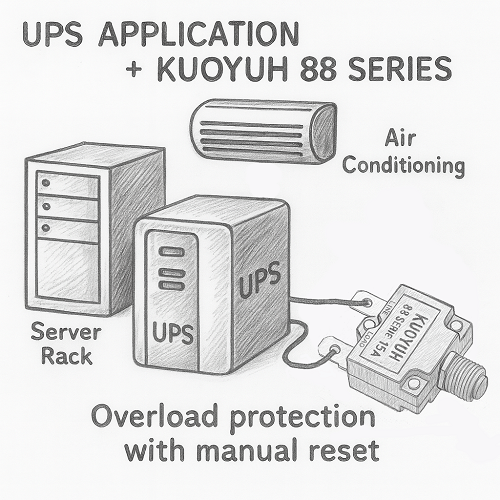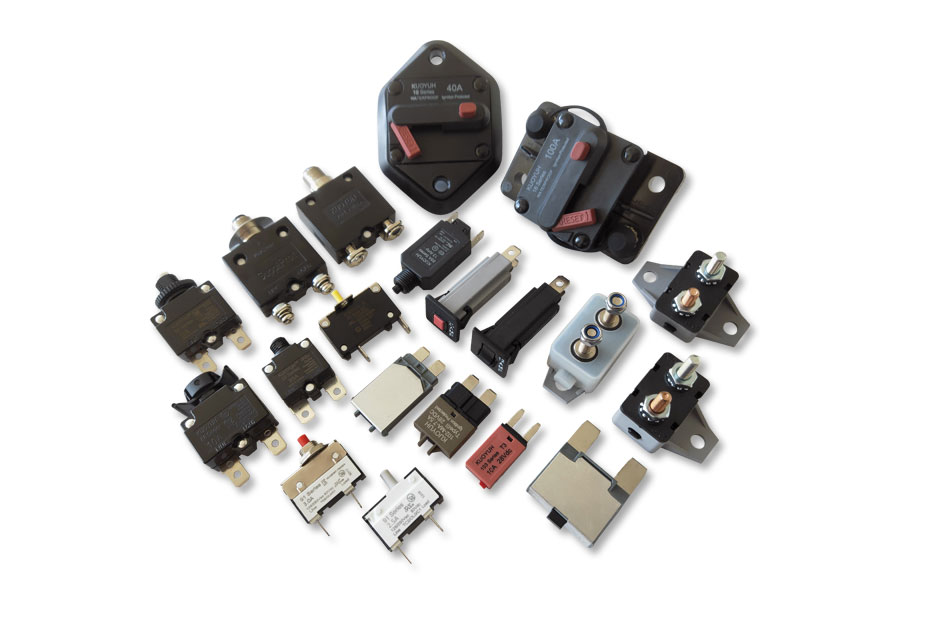UPS Overload Causes and How to Prevent Them

Why Do UPS Systems Frequently Overload? Common Causes and Practical Solutions
In data centers, industrial automation, and healthcare systems, Uninterruptible Power Supply (UPS) units are essential for maintaining stable power. However, UPS overload issue is a common problem that can lead to system downtime or even equipment damage. Let's break down the key reasons behind UPS overload problems, common misconceptions, and how to avoid this UPS overload issue with smart planning and protection.
Common Causes of UPS Overload
Understanding the core reasons behind your UPS overload issue is the first step to resolution.
- 1. Underestimating the Total Rack Power Load: Power calculations often overlook the combined load of all servers, storage, and networking equipment in the rack.
- 2. Ignoring Cooling and Infrastructure Loads: HVAC and environmental controls can consume over 30% of total power, but are often excluded from UPS sizing.
- 3. No Room for Future Expansion: Failing to reserve at least 40% capacity for future equipment upgrades leads to inevitable overloads.
How to Prevent UPS Overloads
- 1. Conduct a Comprehensive Load Assessment: Evaluate not just IT equipment, but also cooling systems and other supporting infrastructure.
- 2. Size the UPS Based on Peak Load, Not Average Load: Many devices draw significantly more current during startup than in normal operation.
- 3. Choose Modular UPS Systems: Modular designs allow capacity expansion as your needs grow, ensuring a scalable and resilient power system.
Common Mistakes
- 1. Relying Only on Nameplate Ratings: Startup surge currents can exceed the rated power shown on device labels, leading to miscalculations.
- 2. Ignoring Power Factor: You may need to increase the UPS capacity by 30% to compensate for power factor losses.
- 3. Overlooking Simultaneous Startup Loads: When several devices start at once, peak current can multiply and exceed the UPS’s rated capacity.
Recommended Solutions
- 1. Select a UPS Rated 1.5x Your Total Load: This extra buffer ensures reliability under peak or unexpected loads.
- 2. Stagger the Startup of High-Power Equipment: Sequential startup reduces instantaneous current demand.
- 3. Choose UPS Based on VA, Not Just Watts: VA (apparent power) provides a more accurate measure when accounting for power factor and reactive loads.
Can a UPS Catch Fire from Overload?
Yes — if a UPS is consistently overloaded without protection, it can overheat or fail, leading to safety risks. To safeguard your UPS system, we recommend installing a KUOYUH 88 Series circuit breaker on the output line.
Advantages of KUOYUH 88 Series:
- 1. Manual Reset Function: Automatically trips during an overload, cutting off power to protect the UPS. Simply press the button to reset after the issue is resolved.
- 2. More Convenient than Fuses: No need to replace components — just reset and go.
- 3. Certified and Reliable: Complies with UL and TUV standards, ensuring robust protection for mission-critical systems.
Conclusion:
With proper load assessment, accurate sizing, and the right overload protection, your UPS system can operate with rock-solid reliability — even as your business grows.





